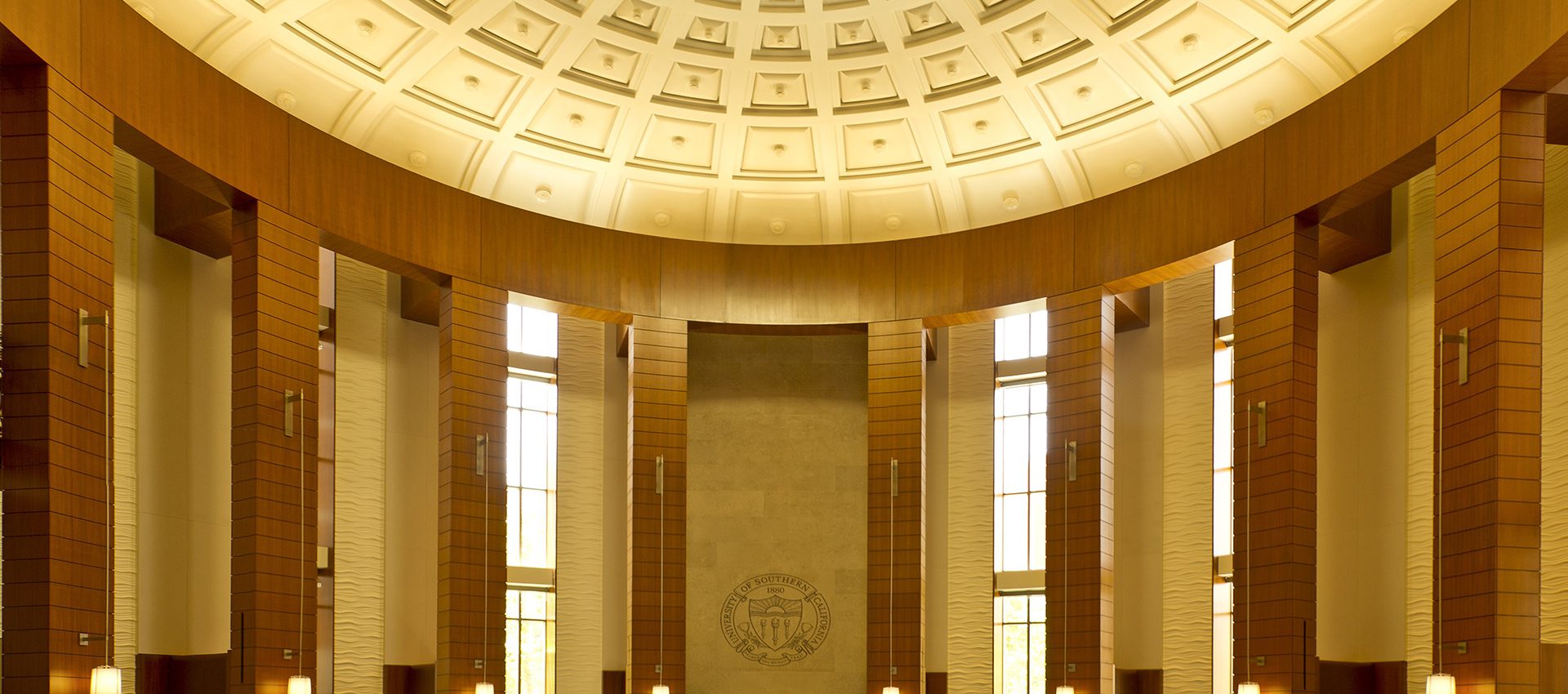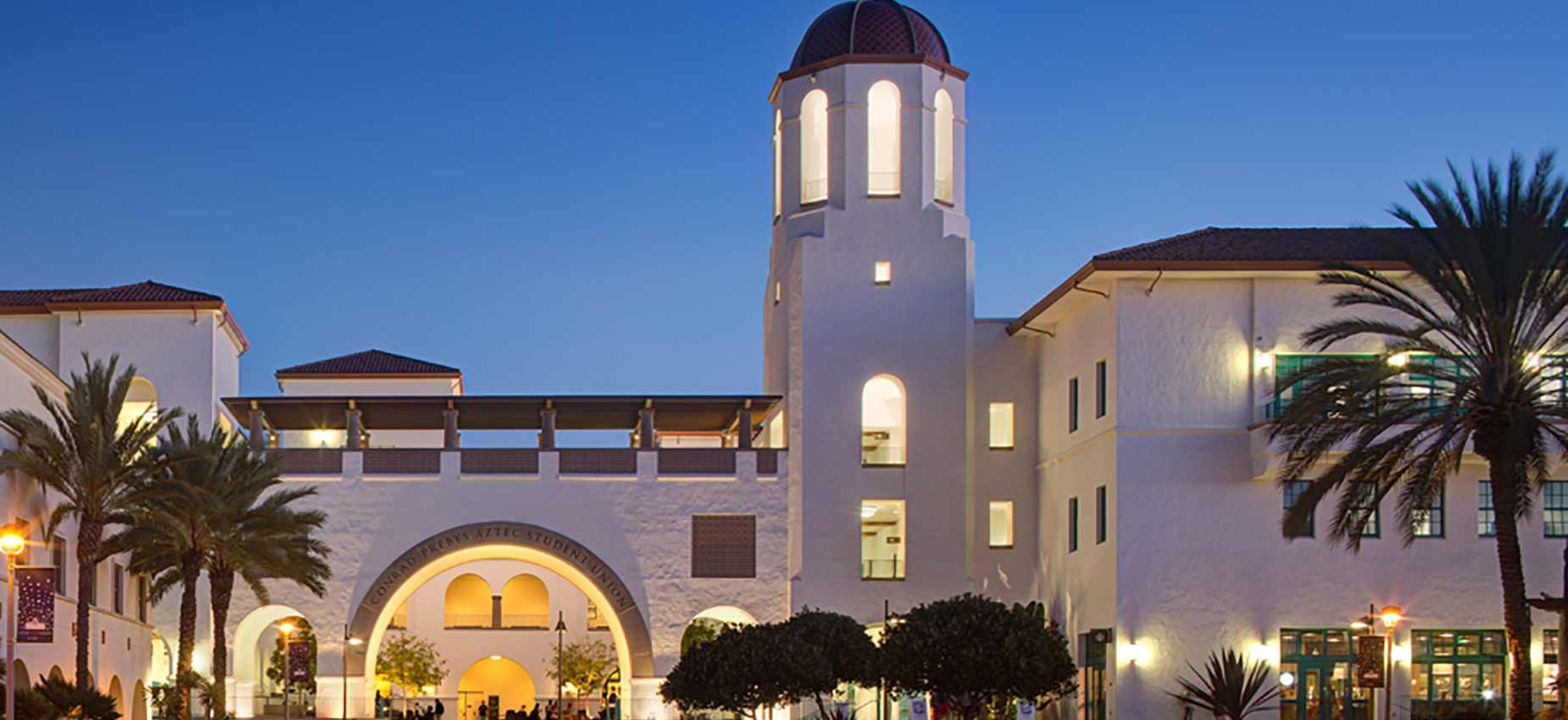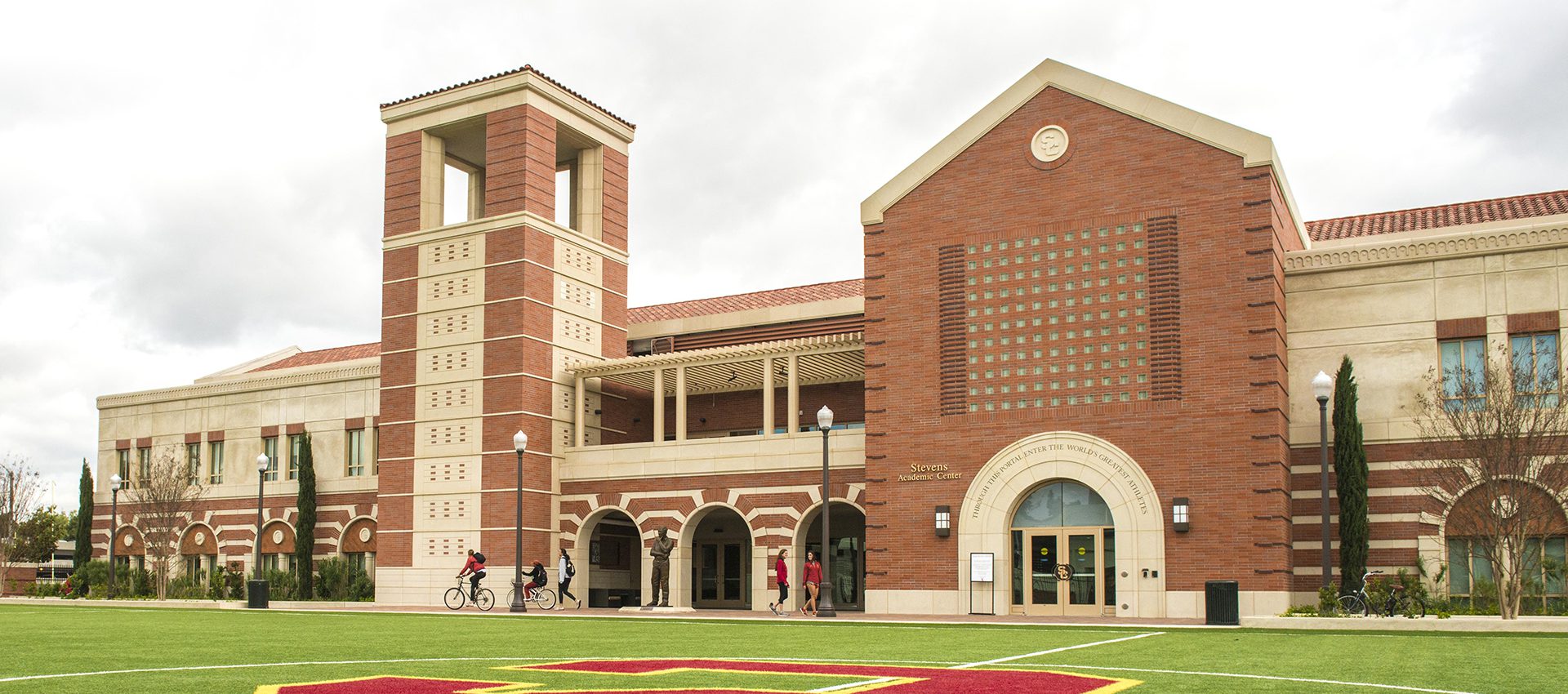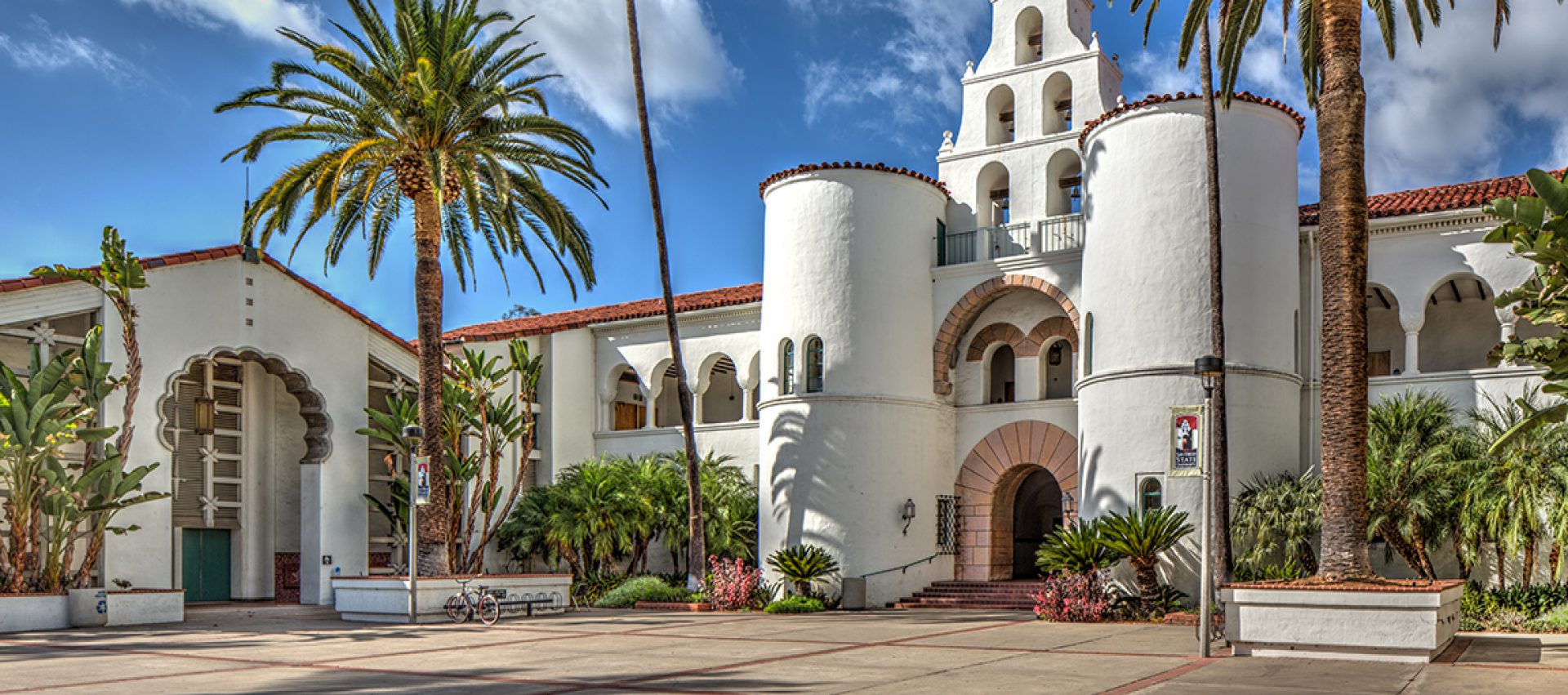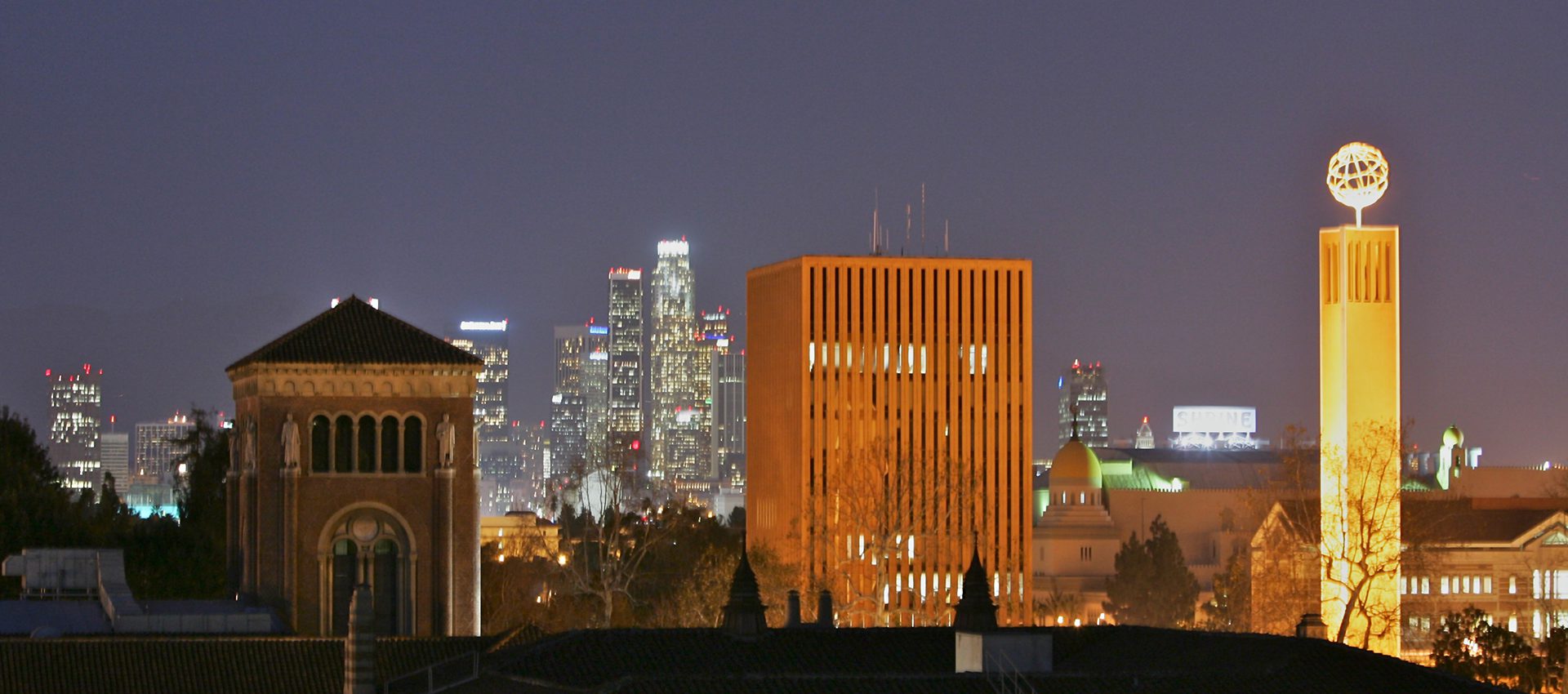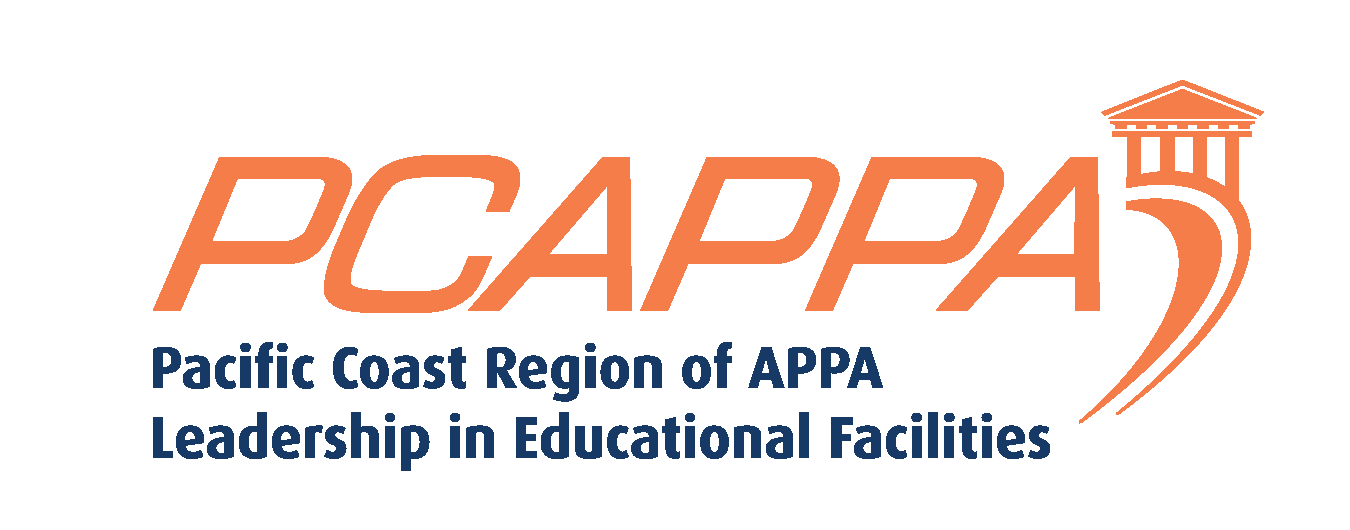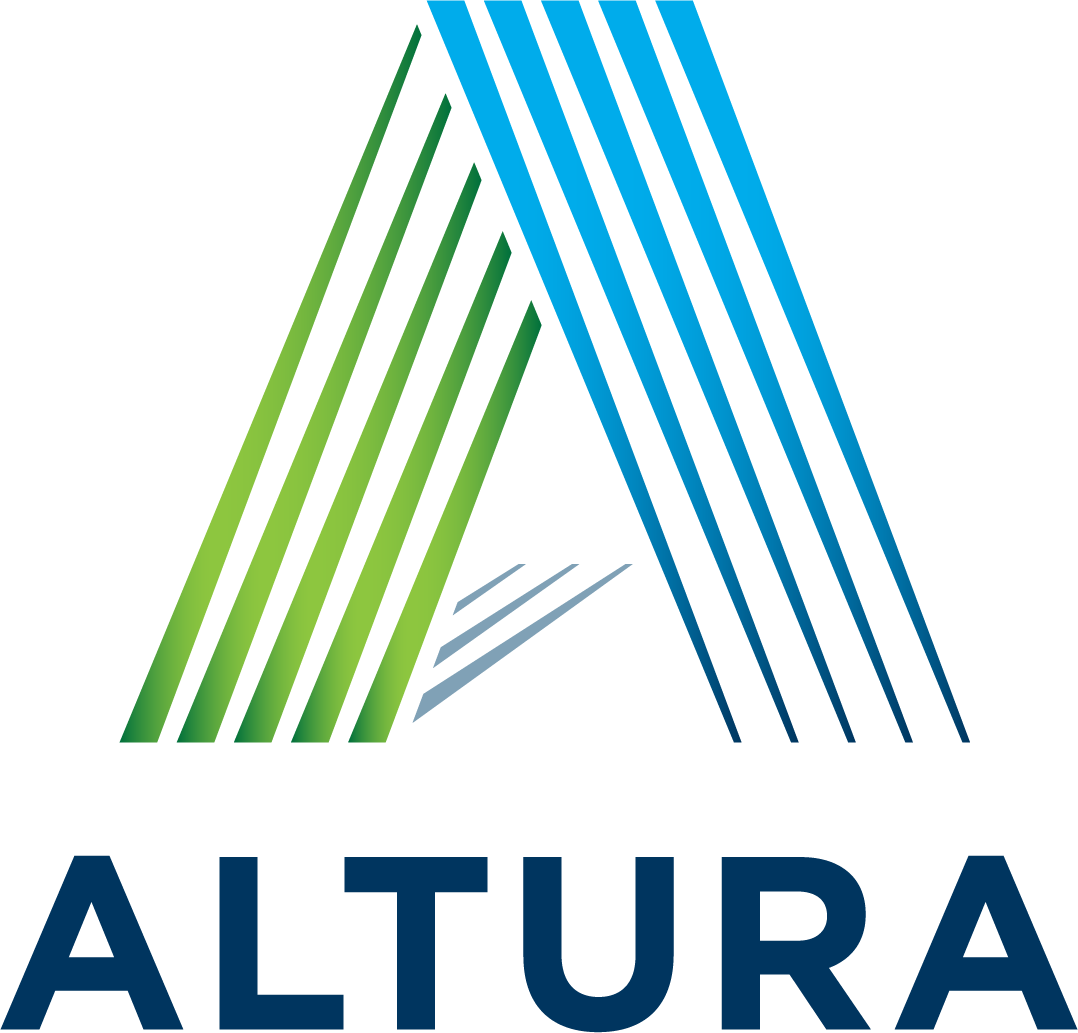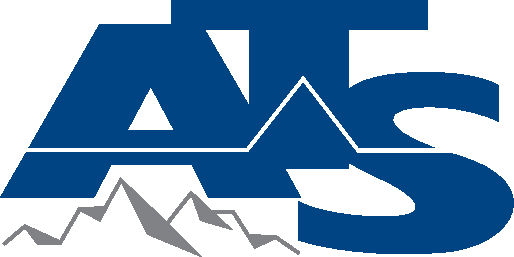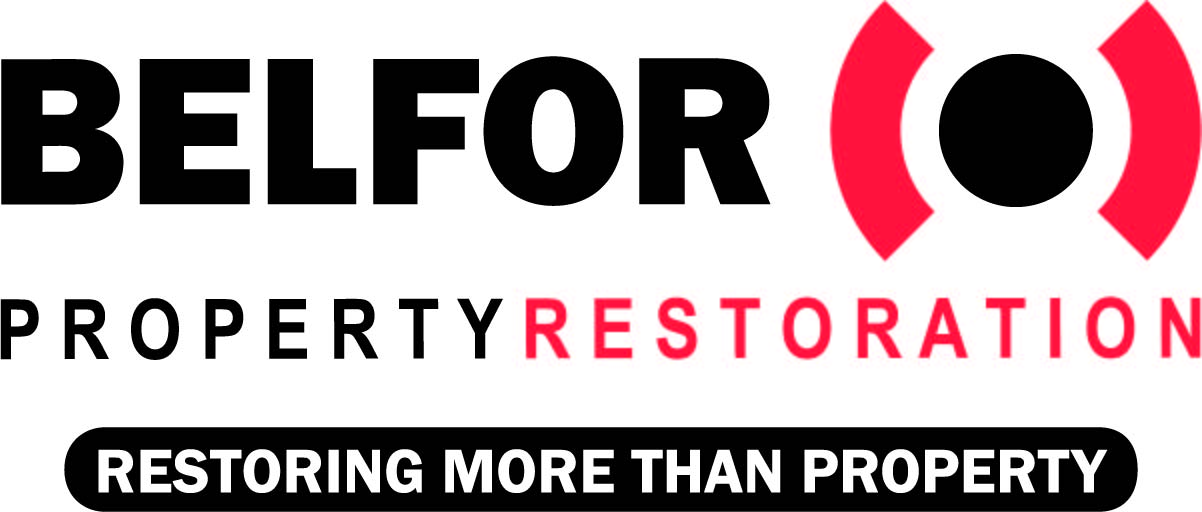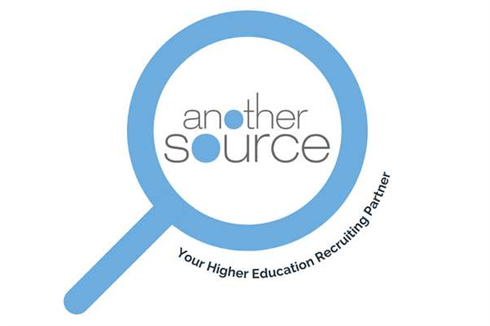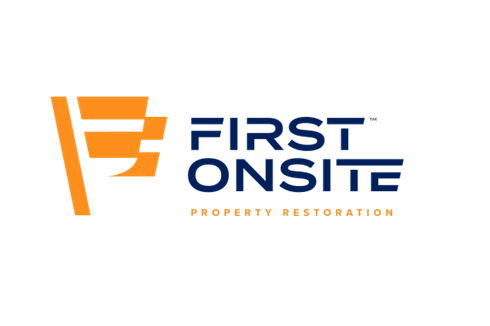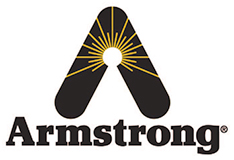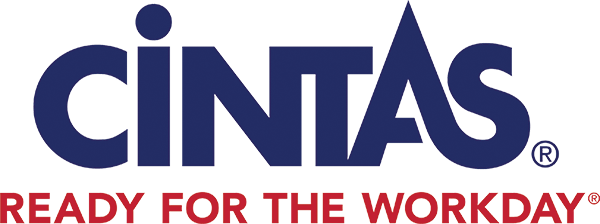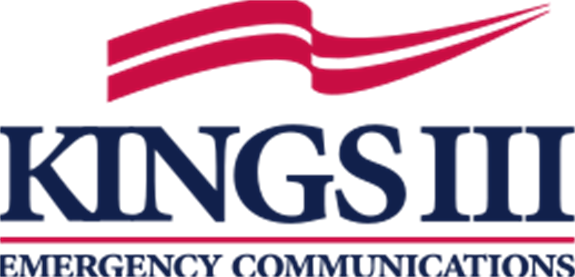 by Dr. Ayodele Akinola, DBA, MBA, LSSBB, NCBITL, NCTITL
by Dr. Ayodele Akinola, DBA, MBA, LSSBB, NCBITL, NCTITL
TMCC Assistant Director, Facilities Operations and Capital Planning
Despite the COVID-19 pandemic, the commitment of Truckee Meadows Community College (TMCC) to environmental sustainably from architecture to infrastructure in the creation and responsible management of a healthy environment is firm. Practical aspects of sustainability initiatives are imperative issues with visible impacts and environmental relationships (Sheard, 2001).
Our sustainability efforts are delivered through the commitment to reduce greenhouse gas emissions. The commitments are crucial to the achievement of global climate goals in the mitigation of climate change.
They are deployed through various strategies that focuses on practices, partnerships, and initiatives, to confront the 21st century climatic challenges. These strategies are holistic and collaborative in scope, yet measurable, giving many benefits to students and the entire community. These sustainability efforts include:
Practices
Maintenance Department:
TMCC generates supplemental energy from solar arrays across three campus locations. Power generation from these solar arrays between July 2019 and June 2020 totaled 233,275 kWh. Renewable energy resources from solar is accompanied by economic and technical issues correlating with the integration of photovoltaic (PV) systems into the grid (Pazikadin, Rifai, Ali, Malik, Abdalla, & Faraj, 2020). Alleviating these technical concerns involves ensuring optimal grid control and power management from PV systems, necessitating frequent inspections. TMCC deploys periodic unmanned aircraft system (UAS) aerial infra-red (IR) thermographic scans to evaluate panel condition, efficiency losses, structural integrity, and system evaluation of our PV systems.
TMCC also deploys a firm energy-conservation protocol through numerous practices to include: (a) Replacement of old incandescent lighting with LED lights, (b) Installation of high efficiency boilers, heat pumps, and air-conditioning that reduces carbon footprints. (c) Upgraded our campus wide building management system to the Allerton Compass Ascent system that allows a convenient and easy interface for building optimization/control, to achieve better-integrated and high performance buildings. (d) Deploys facilities condition assessment, making energy efficiency and sustainability a priority. (e) TMCC installed lighting sensors to automatically turn-off lighting when not in use, and conserve energy, to include the parking lots.
Design and Construction:
Owing to the increased application of sustainability design concepts to the construction of sports and fitness facilities over the last decade (Erten & Ozfiliz, 2006) and the quest for diminution in the negative impacts of greenhouse gases (Kellison, Trendafilova, & McCullough, 2015), TMCC continues to incorporate sustainable design and construction practices. These practices include: (a) Installation of flooring that only requires water cleaning. (b) Installation of smart irrigation system for water conservation. (c) Constructed the new Fitness Center to a LEED silver equivalency. (d) Installation of a V2T roofing system on our Red Mountain Building. The V2T roof system utilizes the venturi principle to capture the dynamic flow of air across the roof surface to generate lower pressures below the roof membrane. The V2T roof system eradicates the necessity to use screws and adhesives, taking advantage of wind power. Negative air pressure eradicates excess air under the roof membrane to produce a suction effect that strengthens the roof system. “V2T is combination of vents and air channels that work together to hold the roof membrane in place. Traditionally, roofs have used ballast, adhesives, or mechanical fasteners to adhere the membrane to the roof deck, but in this case we took advantage of wind power.” – V2T Roof Systems. The V2T roof system is a green technology. According to the manufacturer “in the United States, moisture approximately lead to a 40% overall reduction of the R-value of insulated roofing insulation (Kyle & Desjarlais, 1994, as cited by www.v2troofsystem.com). The extreme degradation of the insulation’s thermal resistance may increase energy loss through building roofs by 70% (Desjarláis & Byars 1998, as cited by www.v2troofsystem.com) and may increase peak electrical demand for preconditioning by 15% (Kyle & Desjarlais 1994, as cited by www.v2troofsystem.com).
According to Desjarlais and Byars (as cited by www.v2troofsystem.com), moisture has been a major cause of re-roofing in the United States, which accounts for 75% roofing work, and has become a multibillion-dollar problem in the roofing industry. The V2T Roof System uses the power of the wind to create suction between the roof membrane and substrate (venturi effect) – the stronger the wind blows, the tighter the roof holds. This suction increases the potential for removal of moisture from the roof system” – V2T Roof Systems.
HVACR Department:
In addition to energy efficiency through our BMS system, the HVACR section is committed to the path to eliminate hydrochlorofluorocarbons (HCFC – better known as R-22 refrigerants) and hydrofluorocarbons (HFC) refrigerants. These refrigerants are powerful greenhouse gases. Refrigerants exhibiting a lower global warming potential (GWP) is better suitable for emission reduction (Shaik, Shaik, Gorantla, Mahapatra, & Setty, 2020). Refrigerant replacement is dependent on energy efficiency and indirect emissions from use. R22 refrigerants produces higher CO2 emission and a reduced thermodynamic performance in comparison to R1270, RM30, RM50, and R290, which can be considered environmentally friendly alternatives to R22 (Shaik, Shaik, Gorantla, Mahapatra, & Setty, 2020). The Montreal Protocol alluded to the phasing out of R22 owing to the unfavorable environmental impacts, pushing for using R407c refrigerant as a replacement to R22 (Kasera & Bhaduri, 2017). Although R407c has a zero ozone depletion potential (ODP) and reduced global warming potential (GWP) as compared to R22 (Kasera & Bhaduri, 2017), R407c is still a blend of HFC, with a reduced performance to R22. TMCC’s HVACR department commits to focusing on (a) the employment of a very robust refrigerant management system that includes migration to environmentally friendly refrigerants (R290) through gradual replacement and retirement of systems. (b) Maintenance of equipment and refrigerant inventory. (c) Deployment of HVAC system condition monitoring through our Building Management System (with remote adjustments and automatic adaptation to atmospheric temperature changes). (d) Maintenance of proper refrigerant classification, reclaim, and recycling in U.S. Environmental Protection Agency (EPA) certified concealed recovery cylinders. (e) Deployment of prompt replacement of obsolete systems to greener systems using less energy and low global warming potential (GWP). (f) The implementation of night set back modes through our BMS controllers for our HVACR system to control temperatures and pump operation during unoccupied hours for energy efficiency, and (g) the utilization of an Energy Recovery System that utilizes building thermodynamics, such that normally exhausted air treats the incoming ventilation air; using heat from the exhaust airstream during cooler season to preheat and humidify the incoming ventilation air.
Custodial Department:
TMCC Custodial department is committed to utilizing ecofriendly cleaning products with ECOLOGO certification and Green Seal that guarantees compliance with the environmental performance standards. Examples include: (a) The EPA registered Clorox Total 360 Electrostatic Disinfectant System that employs 65% less solutions, through the innovative and patented electrostatic sprayer for effective disinfection and sanitization. (b) Deployment of Green cleaning operations for floor cleaning and polishing, using the ec-H20 technology that uses water. No detergent, no emission, no energy loss, no acid, no eutrophication (enrichment of an ecosystem with chemical nutrients), no particulates, but just water. Water is electrically converted into an innovative detergent-free solution for cleaning. In addition to this commitment, TMCC deploys an efficient waste recycling plan that manages and reduces waste, recovering valuable resources, and creates a clean environment.
COVID Cleaning:
Challenges with disinfection emanates such that when common surfaces and touch-points are cleaned and disinfectants applied, there are no effective residual protection left behind after disinfection. With no effective residual protection, microbes such as SARSCoronavirus-2 (COVID-19) then thrives. TMCC deploys Bioprotect on our campus locations to help with the COVID-19 pandemic. BIOPROTECT™ is an EPA registered, waterbased (90% water), antimicrobial technology that provides persistent and continuous protection of a surface for more than six weeks (GVN Press Image retrieved from www.bioprotect.us Release, 2020; Rega Institute, 2020; Viaclean Technologies, n.d.). BIOPROTECT™ is a preservative antimicrobial coating that can be applied to both porous and non-porous surfaces to destroy microbes. When applied, the BIOPROTECT™ coating forms a layer of spikes each of which carry a positive charge that attracts the negatively charged COVID-19 microbe. Once attracted to the sprayed surface, the molecular nano-spikes pierce the COVID-19 cell and rupture its cell membrane, causing the microbe to die. Bioprotect is: (a) Water-based antimicrobial technology that is applied after surfaces are cleaned with disinfectants. (b) Creates an invisible layer of spikes on a surface that binds to almost any porous and non-porous surfaces and mechanically kill microbes (bacteria, virus, molds, fungus) (c) Provides persistent and continuous protection – efficacy remains active on surfaces for up to 90 days. (d) Approved for use as an antimicrobial preservative under EPA and FDA regulations to preserve food contact articles. (e) Can be used on food surfaces, appliances, equipment and utensils. No rinse required for food surfaces. (f) EPA-registered and made in the USA
Grounds Department:
Huge on promoting and maintaining a balanced environment, TMCC achieves these by: (a) Landscape water conservation, that involves constant monitoring and modifications to our irrigation system. We utilize landscape conditions and local weather to tailor irrigation scheduling to site conditions instead of always using preset scheduling, thus avoiding overwatering. (b) Utilization of grasscycling and leaf collection practice that converts grass clippings to mulch and compost for planters, which decompose quickly, naturally infusing nitrogen and other nutrients back into the soil to improve lawn quality. (c) Tree limbs are periodically pruned, chipped, and used as mulch, consequently reducing waste hauled to landfills. (d) Utilizing organic and natural practices to control landscape insect infestation. This includes the application of neem oil, application of insecticidal soap, and the release of lady beetles to control aphids. Insecticidal soaps are long chain fatty acids that occur naturally as coconut oil and palm oil. It is environmentally friendly, with a low mammalian toxicity. With the release of lady beetles to control aphids, Lady beetles are voracious aphid eaters and will eat more than 50 aphids daily. (e) Implementation of an integrated pest management (IPM) approach. IPM is a green strategic eco-system based pest prevention. This green pest control initiative employs and uses natural resources to control pests. Utilizing low and non-toxic pest control mitigates the domino effect of killing an entire food chain. Imagine feeding poison to a mouse, cat eats mouse, raccoon eats cat, and mountain lion eats raccoon. This consequently kills an entire food chain, which negatively affects a balanced ecosystem. Our green pest control initiative preserves wildlife habitats and creatures that surround our campus spaces.
Yields from Energy Efficiency Investments (Updated May 2020):
Yields from energy efficiency investments include: (a) significant reduction in heat consumption per square foot, as compared to median similar buildings in our climate zone. (March 2019 to Feb 2020: TMCC: 58.8 KBtu, Others: 82.9KBtu). (b) Increased Energy Star score according to our EPA portfolio manager rating at eligible building types. The Energy Star score provides a comprehensive snapshot of a building’s energy performance. It assesses the building’s physical assets, operations, and occupant behavior in a quick and easy-to-understand number. (c) Reduced energy cost per student, which falls below the median for similar buildings in our climate zone (Spent $1.06 on energy costs per student, compared to $1.26 per student in our climatic zone, and $1.46 per student for the 2020 baseline benchmarking study.)
Partnerships
TMCC exemplified leadership through collaborating with NV Energy in the NVGreenEnergy Rider renewable energy agreement. TMCC achieved this sustainability goal by offsetting 100% of our electric load service with renewable energy resources from NV Energy. This involved a computation of the total electrical energy consumption across all TMCC sites in kilowatt-hour, offset with all generations from all renewable sources, considering anticipated consumption for ongoing and future projects. TMCC achieved this renewable energy aspiration, utilizing 100% clean electric energy, and are proud to be the:
• 1st Institution of Higher Learning in Nevada
• 1st Institution within the Nevada System of Higher Education (NSHE) system, and the
• 1st Institution in Nevada to make the State’s boldest renewable energy commitment
Initiatives
Other initiatives deployed at TMCC includes (a) a bike repair station, to enhance the biking experience of students, faculty, and staff members. The Bike Repair Station has a repair arm and tools necessary to perform basic bicycle repairs. (b) Hydration and water bottle filling stations to encourage reductions in plastic water bottle utilization and disposal. (c) Electric vehicle (EV) charging stations.
